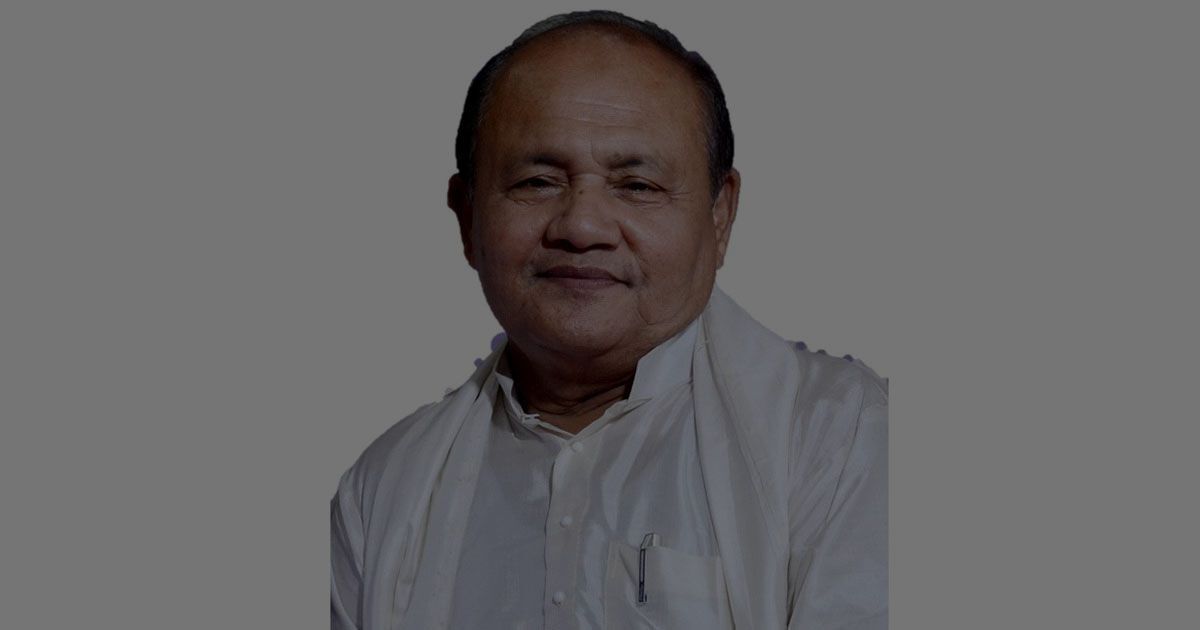
UP CLOSE - Subhajit Bhadra
PRADIPJYOTI MAHANTA, a Sankaradeva scholar, talks about his new book on the great saint.

Pradipjyoti Mahanta is a known name in the cultural and social realm of Assam. He is an educationist, a critic, a writer, a Vaishnavite scholar, and a cultural articulator. He has carved a niche for himself in the literary horizon of the State. His recent book on Sankaradeva is an attempt to understand the aesthetic dimension of the Mahapurush’s nuanced writings.
Excerpts from an interview:
You are recognised as a scholar of cultural studies in Assam and beyond. How do you contextualise your subject in the present?
I would love to be called a student of cultural studies. Although I was a student of English Literature during my years in Gauhati University, I had a keen interest in Assamese literature too. My years in Tezpur University in the Department of Cultural Studies opened for me a new world of understanding and the interpretative dimension of studying culture that had emerged in western academics during the Sixties of the 20th century. Cultural studies, as often misconceived, is not the study of the aesthetics of diverse cultural traditions and expressions, but looks at the political process and power relations underlying such traditions and practices, including institutions.
Your academic credentials add a lot to your intellectual standing. How do you address this equation?
I don’t consider my academic credentials or my intellectual standing in the social and academic milieu as very high. I am aware of my limitations. I have been trying with seriousness and purpose to harness experiences and resources to contribute to the culture and society I belong to, and which has given me an understanding of my land and culture, humanity and the world, at large.

You are also regarded as a Vaishnavite scholar. Please tell us about your learnings in this field.
Born and brought up in a satra in rural Sivasagar, I was introduced to the Vaishnavite tradition of learning in diverse spheres since my childhood. The practices, rituals, behaviour, reading and recitation of texts in domestic and social congregations, which formed an essential part of our daily routine, remain cherished memories. With constant social interaction, I could see through my own experiences how and to what extent Vaishnavite culture was embedded in the social mind and contributed to the ‘organic growth’ of the society.
Your book Sankardevor Silpalok is a milestone in this field. How and under what circumstances did you conceive this book?
My childhood years had opened before me the vast portal of the Bhakti Movement in Assam and its renaissance influences. As I tried to perceive the roots of the abiding impact of the Bhakti Movement and the monumental personality of Sankaradeva, I found it to be in his social vision and philosophy. He had no malice and rancour towards those outside the fold. This social vision of togetherness, tolerance and participation at all levels in the pursuit of faith greatly attracted me. I believe, the liberal and democratic ethos that Sankaradeva internalised and put to practice, in sync with the pursuit of bhakti, was crystallised from his own experience as a ruler of the Bhuyan principality, rife with social, political and religious conflicts, in the capacity of ‘Shiromani Bhuyan’. With a view to highlighting Sankaradeva’s prescient social vision as evidenced in his ideals and works, I planned for the present book. Sankaradeva’s social vision or role as a social reformer cannot be seen in isolation from his mission of preaching faith as well as his literary and other artistic oeuvre. All of them had a common goal and worked in unison, creating a socio-cultural activism that resulted in a resurgence, unprecedented in the history of Assam.
Your book on Sankaradeva is based on the aesthetic discourse of the great saint. How did you chance upon this unique idea?
The entire range of Sankaradeva’s large corpus of creative expressions were aimed primarily to propound the faith of bhakti and to reach out to the commoners, both lettered and unlettered. But as a gifted poet and composer, he never let the poetic or artistic virtuosity to suffer for the sake of espousing a faith. With his deeper understanding of the great tradition of Indian aesthetics as well as indigenous art traditions, he took an artful middle path by inter-webbing the margi with the lokayata, without deviating from the goal of imparting joy to the readers, singers, players, viewers and the cognoscenti.
Besides this, from my early childhood, I was exposed to the environment in which each and every text of Sankaradeva, Madhabdev and the later composers was an act of performance. The spontaneity and devotion with which the lettered and the unlettered sang and continue to sing in congregations in village namghars and satras is a constant reminder of another dimension of Sankaradeva’s aesthetic vision, ingrained in his poetry and plays. They left an indelible impact on the collective memory to remain in the ‘social unconscious’.
Tell us about your ongoing projects and future plans as a writer.
I am working on two more books on Sankaradeva, one in English and another in Assamese, and there’s another book on the life and works of Dr. Birendra Kumar Bhattacharyya. I have also had a long-cherished dream of writing a book on Sattriya dance in English, incorporating a historical outline of its evolution and development as an institutionalised form of performance at a ritual space and the margi-desi dynamics inherent in this iconic tradition of Assam.

